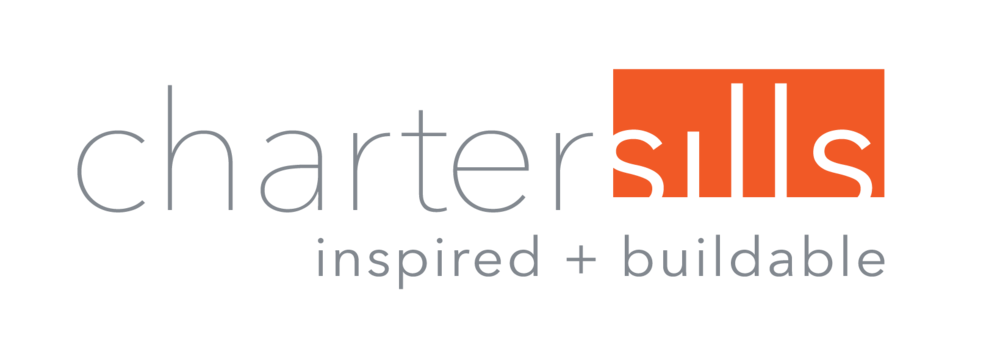We hear the term sustainability thrown around a lot, but what do we actually mean by it? The EPA describes sustainability as practices that “create and maintain the conditions under which humans and nature can exist in productive harmony to support present and future generations.” In a nutshell, sustainability is about “ecological, human, and economic health and vitality.” When it comes to architectural lighting design specifically, sustainability takes many forms: from consuming less energy to avoiding wasted light to compliance with specific standards for green practices. In this month’s blog, we look specifically at some of the ways that automation and smart controls can help lighting designers achieve their clients’ sustainability goals.
What do we mean by automation and smart controls?
Intelligent lighting involves a series of networked systems that relay back to a primary lighting control device. These systems include occupancy sensors, timers, light control switches/dimmers, keypads, and touchscreens. The system’s main control typically resides at a central computer, but may also include remote user interfaces, in order to offer greater control over lighting needs. The controls of a lighting system can be programmed to fulfill the specific needs of a space. Adjustments can easily be made to deliver the right amount of light at the right time—or the system can be programmed to make those adjustments automatically based on set conditions. The result is more precise control over the balance of natural and artificial light in a space.
These gains in efficiency can extend beyond the level of a building, all the way to an entire community’s lighting system. Smart technologies can allow a small central control hub to manage lighting needs with greater precision, particularly in volatile conditions such as storms. These efficiency gains can in turn translate into increased safety and health in the community.
Consistency
The Energy Star program estimates that 30 percent of the energy consumed by buildings is being used inefficiently or unnecessarily. A lighting control system that incorporates smart controls can reduce energy consumption by providing the appropriate light when needed and keep unused lights off when a space is not being used. While automation is not technically needed in order to switch the lights off when we don’t need them, we all know that people are not terribly reliable when it comes to this task. Automation helps reduce waste due to human error.
Leaving lights when we don’t need them is not necessarily due to laziness or not caring about energy consumption, either. In a large office, retail, or hospitality environment, people may simply not know when light is going to be needed in a given space. Occupancy sensors, however, can detect the presence of activity and adjust lighting as needed. Timers can also be programmed based on observed patterns in order to ensure adequate light is available when a space is in use, so as not to skimp on safety, while keeping the lights off when not needed.
Automation gives us greater consistency and reduces the risk of wasted light due to human error. More advanced digital platforms have made it easier to control lighting systems from anywhere—even from an individual’s smartphone. An entire building’s system can be managed in a targeted manner by one central control hub, reducing the need for employees to make rounds to switch lights on and off in person or to check for lights left on unnecessarily
The result is increased efficiency and maximized savings. Efficiency gains do not only come in the form of energy savings. Smart controls make it possible to monitor lighting from a central point, relying on fewer or even no staff to keep an eye on what lights need to be on or off. Automation allows us to save energy, save time, and save money.
Adaptability
Automation is not just about limiting the risk of human error. It provides a degree of adaptability that saves time and alerts us to lighting needs better than simple human observation might do. The benefit of occupancy sensors comes in real time—not only are the lights switched off on their own, they are switched off as soon as it’s clear the room is empty. Automation also offers options more nuanced than just turning off the lights when no one is in the room. Smart control systems can also detect when sufficient natural light is present and adjust artificial light sources so as not to waste light or generate too much heat.
Systems built around daylight harvesting make it possible to rely less on artificial light sources when not absolutely necessary, for example reducing the number of lights needed during peak hours when natural light is detected streaming through the windows. In addition to consuming less energy, daylight harvesting also helps avoid over-illumination. In public spaces, uniform lighting has been the standard, avoiding the need to switch lights on or off for different tasks, but smart technologies can also help us adapt to task needs more smoothly. This adaptability creates a better ergonomic environment for people using the space, helping employees work more comfortably and productively.
Monitoring
The advances described above also improve efficiency in helping lighting designers and building owners monitor energy consumption for code compliance. The systems that control lighting can also collect data on energy consumption, peak hours where lighting is used, temperature, and more. This data can help ensure building operators do not fall out of compliance with a greater degree of precision and less manpower. The data can also help refine current tools and help design new ones that create even more efficient lighting systems in the future.
At CharterSills, we believe that when lighting is designed correctly, it can add dimension to the simplest of spaces. Lighting can turn an ordinary space into a work of art. Whatever design challenges clients present, CharterSills responds with a solution that exceeds their expectations. Contact us today at (312) 759-5909 or by email at info@chartersills.com.


